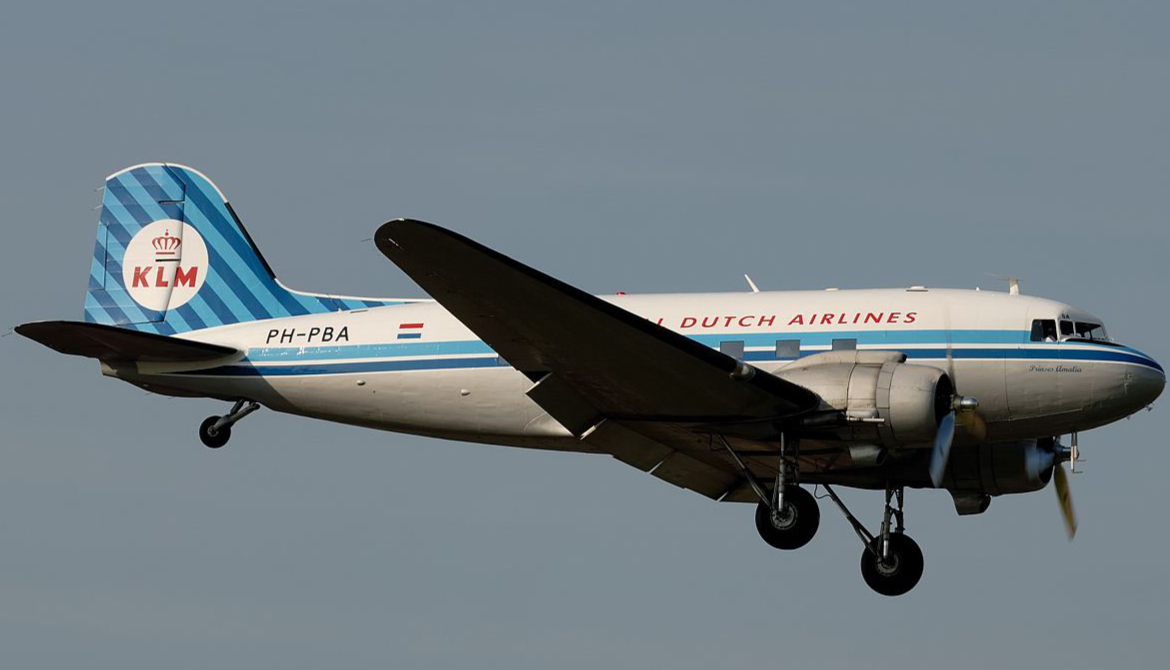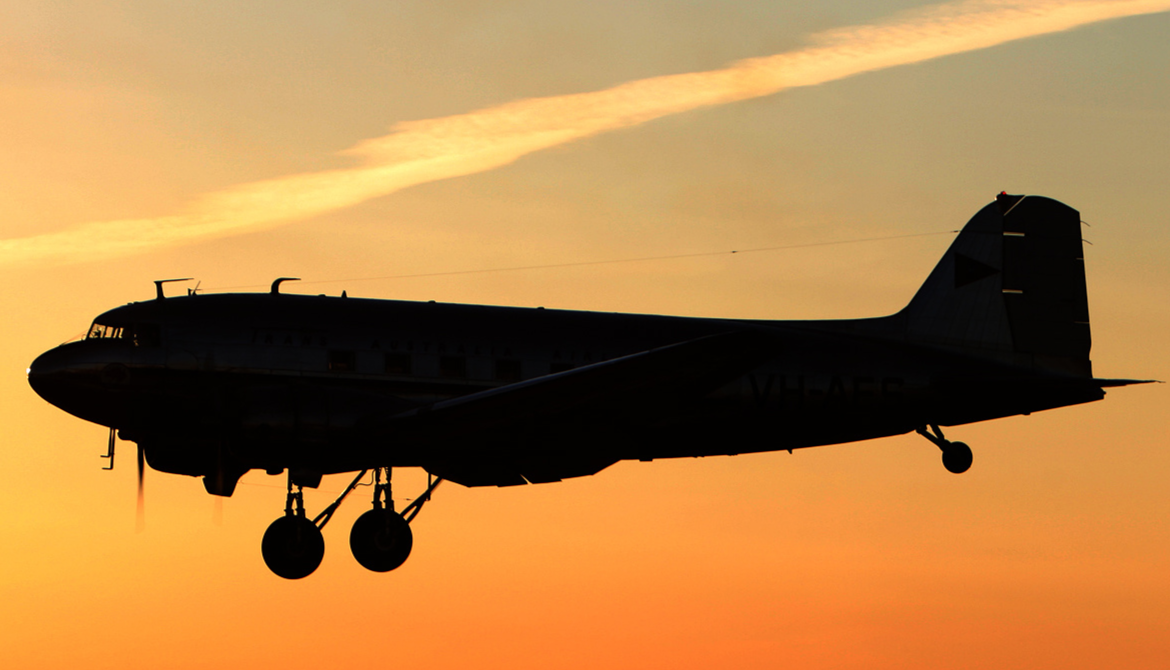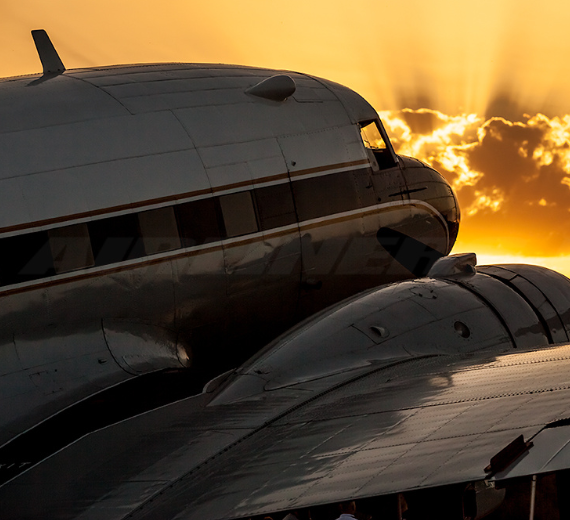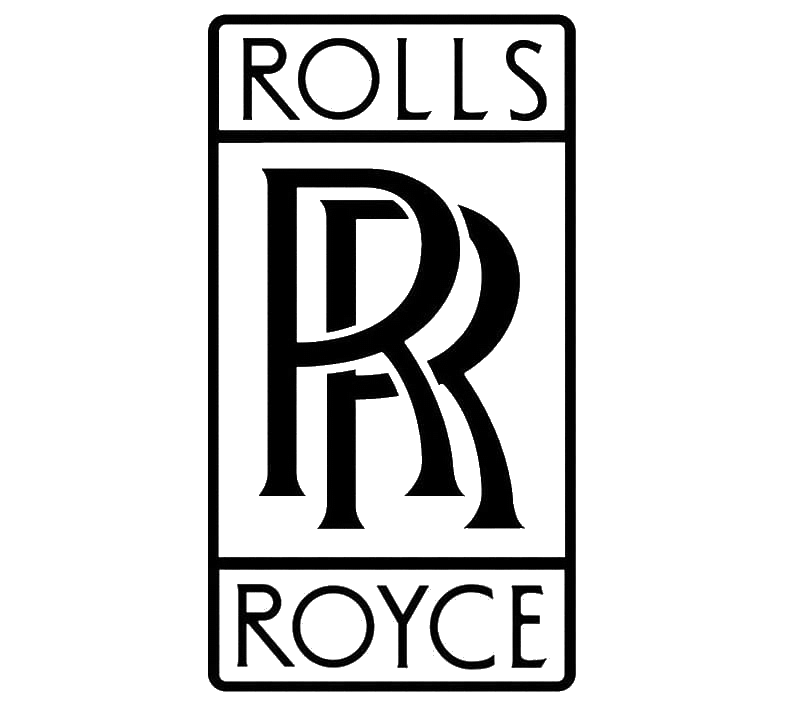Douglas
DC-3/C-47 Skytrain
Role Airliner and transport aircraft
National origin United States
Manufacturer Douglas Aircraft Company
First flight December 17, 1935
Introduction 1936, with American Airlines
Status In service
Produced 1936–1942, 1950
Number built 607
Developed from Douglas DC-2
Variants Douglas C-47 Skytrain
Douglas R4D-8/C-117D
Lisunov Li-2
Showa/Nakajima L2D
Basler BT-67
Conroy Turbo-Three
Conroy Tri-Turbo-Three
.
History
DC-3/C-47 Dakota/Skytrain

The Douglas DC-3 is a propeller-driven airliner manufactured by Douglas Aircraft Company, which had a lasting effect on the airline industry in the 1930s to 1940s and World War II. It was developed as a larger, improved 14-bed sleeper version of the Douglas DC-2. It is a low-wing metal monoplane with conventional landing gear, powered by two radial piston engines of 1,000–1,200 hp (750–890 kW). Although the DC-3s originally built for civil service had the Wright R-1820 Cyclone, later civilian DC-3s used the Pratt & Whitney R-1830 Twin Wasp engine. The DC-3 has a cruising speed of 207 mph (333 km/h), a capacity of 21 to 32 passengers or 6,000 lbs (2,700 kg) of cargo, and a range of 1,500 mi (2,400 km), and can operate from short runways.
"DC" stands for "Douglas Commercial". The DC-3 was the culmination of a development effort that began after an inquiry from Transcontinental and Western Airlines (TWA) to Donald Douglas. TWA's rival in transcontinental air service, United Airlines, was starting service with the Boeing 247, and Boeing refused to sell any 247s to other airlines until United's order for 60 aircraft had been filled. TWA asked Douglas to design and build an aircraft that would allow TWA to compete with United. Douglas' design, the 1933 DC-1, was promising, and led to the DC-2 in 1934. The DC-2 was a success, but with room for improvement.
The DC-3 resulted from a marathon telephone call from American Airlines CEO C. R. Smith to Donald Douglas, when Smith persuaded a reluctant Douglas to design a sleeper aircraft based on the DC-2 to replace American's Curtiss Condor II biplanes. The DC-2's cabin was 66 inches (1.7 m) wide, too narrow for side-by-side berths. Douglas agreed to go ahead with development only after Smith informed him of American's intention to purchase 20 aircraft. The new aircraft was engineered by a team led by chief engineer Arthur E. Raymond over the next two years, and the prototype DST (Douglas Sleeper Transport) first flew on December 17, 1935 (the 32nd anniversary of the Wright Brothers' flight at Kitty Hawk) with Douglas chief test pilot Carl Cover at the controls. Its cabin was 92 in (2,300 mm) wide, and a version with 21 seats instead of the 14–16 sleeping berths of the DST was given the designation DC-3. No prototype was built, and the first DC-3 built followed seven DSTs off the production line for delivery to American Airlines.
0
KmCeiling
0
KmCombat RANGE
0
Km/hAircraft Speed
0
Max Crew
Photo Gallery
DC-3/C-47 Dakota/Skytrain


Douglas DC-3/C-47 Dakota/Skytrain
General Info
-
-
- Crew: two
- Capacity: 21–32 passengers
- Length: 64 ft 8 in (19.7 m)
- Wingspan: 95 ft 2 in (29.0 m)
- Height: 16 ft 11 in (5.16 m)
- Wing area: 987 sq ft (91.7 m2)
-
Powerplant
-
- Empty weight: 16,865 lb (7,650 kg)
- Gross weight: 25,200 lb (11,431 kg)
- Fuel capacity: 822 gal. (3736 L)
- Powerplant: 2 × Pratt & Whitney R-1830-S1C3G Twin Wasp 14-cyl. air-cooled two row radial piston engine, 1,200 hp (890 kW) each
- Propellers: 3-bladed Hamilton Standard 23E50 series, 11 ft 6 in (3.5 m) diameter hydraulically controlled constant speed, feathering
-
Performance
- Maximum speed: 200 kn (230 mph, 370 km/h) at 8,500 ft (2,590 m)
- Cruise speed: (207 mph, 333 km/h)
- Stall speed: (78.2 mph, 125.9 km/h)
- Range: 1,370 nmi (1,580 mi, 2,540 km) (maximum fuel, 3500 lb payload)
- Service ceiling: 23,200 ft (7,100 m)
- Rate of climb: 1,130 ft/min (5.7 m/s)
Aircraft of comparable Role
.
Links to Youtube & Others
The MB-339 was developed during the 1970s in response to an Italian Air Force requirement that sought a replacement for the service's existing fleet of Aermacchi MB-326s.
Douglas DC-3/C-47 Dakota/Skytrain
De DC-3 (Douglas Commercial Three) kwam voort uit de Douglas DC-2. De DC-3 had grotere vleugels en een langere c.q. bredere romp.
Youtube Link
On 26 July 1954, two Douglas Skyraiders from the aircraft carriers USS Philippine Sea and Hornet shot down two Chinese PLAAF Lavochkin fighters off the coast of Hainan Island.












